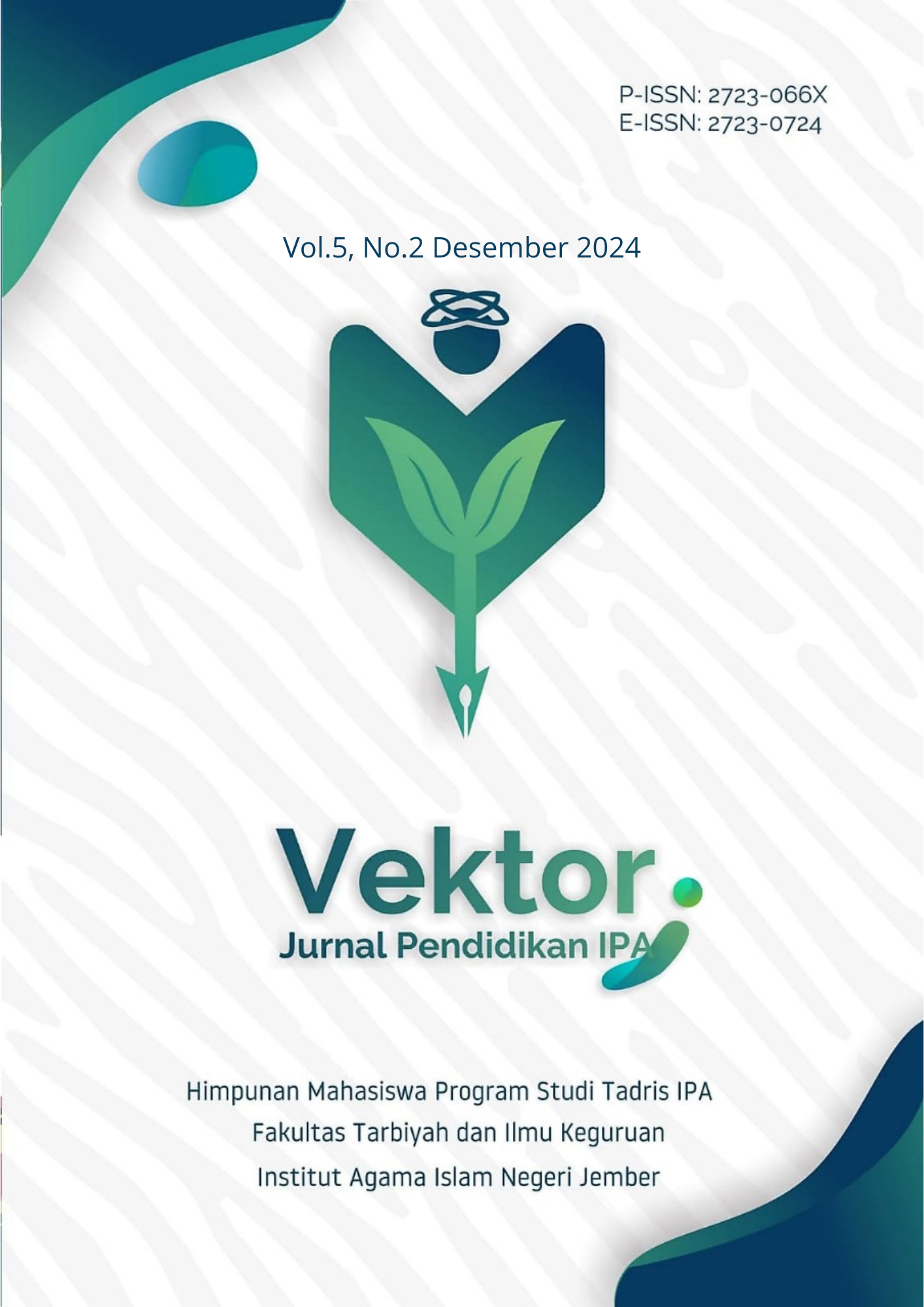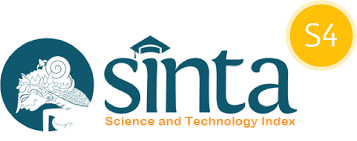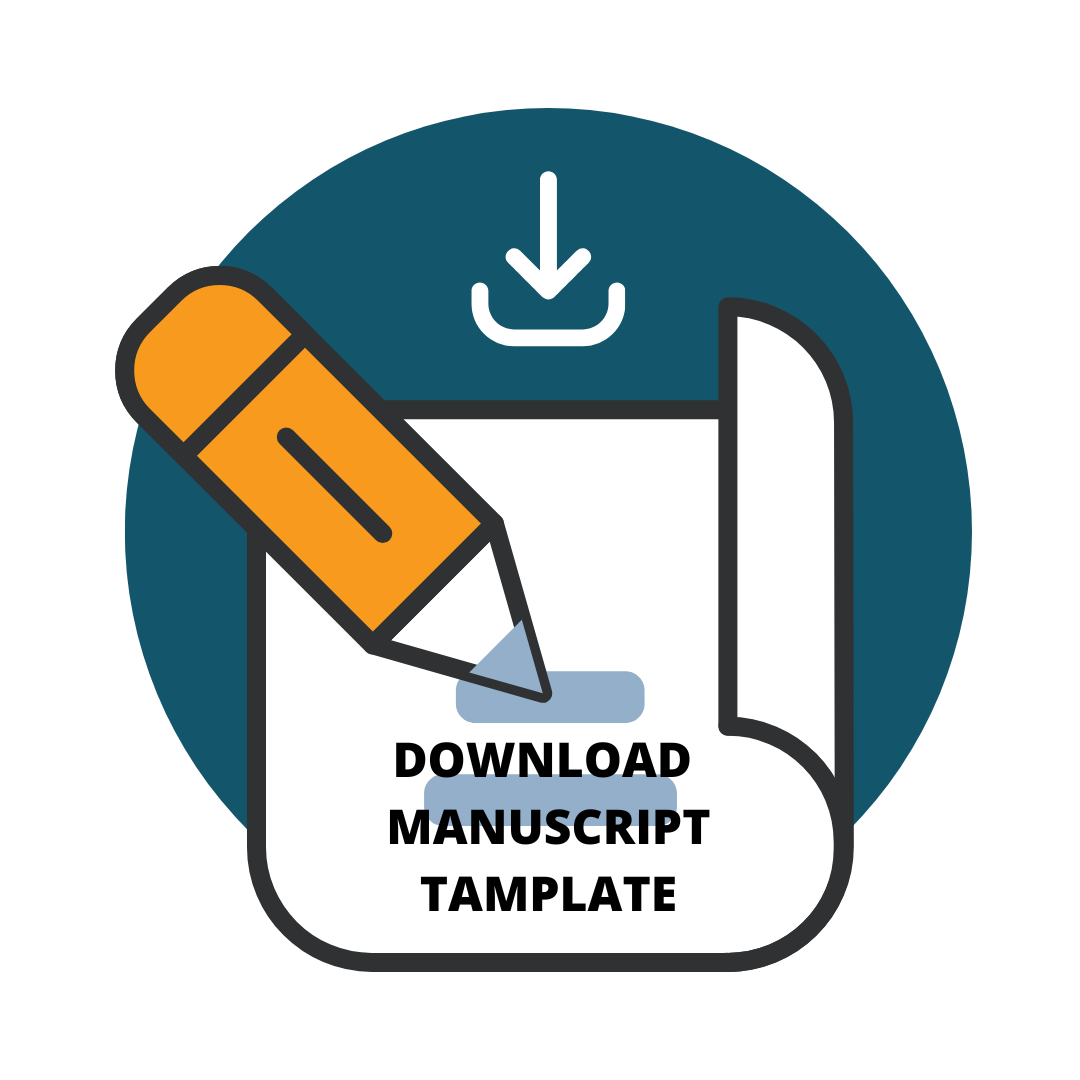PENGEMBANGAN E-MODUL PRAKTIKUM KIMIA ORGANIK BERBASIS APLIKASI CANVA: ANALISIS KANDUNGAN FITOKIM DARI EKSTRAK ETANOL TANAMAN TEMULAWAK (Curcuma Zanthorrhiza)
Keywords:
Praktikum, e-Modul Praktikum, Temulawak, Curcuma, e-Module Practice, Practice,Abstract
Tujuan penelitian ini untuk mengetahui kelayakan e-Modul praktikum berbasis aplikasi canva secara praktis dan teoritis serta respon mahasiswa terhadap e-Modul yang dikembangkan. Penelitian ini merupakan penelitian pengembangan yang menggunakan model pengembangan 4D. Instrument penelitian yang digunakan berupa pedoman wawancara dan angket. Teknik analisis data yang digunakan yaitu analisis data kualitatif (komentar dan saran) dan analisis data kuantitatif (rata-rata skor jawaban dan persentase). Hasil dari penelitian ini diperoleh rerata skor dari ahli materi sebesar 4,46 (Sangat Layak), ahli media sebesar 4,2 (Sangat Layak), penilaian dosen sebesar 4,4 (Sangat Baik) dan respon dari mahasiswa memiliki persentase 86,1% (Sangat Baik). Dapat disimpulkan bahwa bahan ajar e-modul praktikum kimia organik berbasis aplikasi canva dalam proses pembelajaran dan pelaksanaan kegiatan praktikum kimia organik di Universitas Jambi sangat layak digunakan.
Kata Kunci: e-Modul Praktikum, Praktikum, Temulawak
The aim of this research is to determine the practical and theoretical feasibility of e-Modules based on the Canva application as well as students' responses to the e-Modules being developed. This research is development research that uses the 4D development model. The research instruments used were interview guides and questionnaires. The data analysis techniques used are qualitative data analysis (comments and suggestions) and quantitative data analysis (average answer scores and percentages). The results of this research obtained an average score from material experts of 4.46 (Very Decent), media experts of 4.2 (Very Decent), lecturer assessment of 4.4 (Very Good) and responses from students had a percentage of 86.1% (Very good). It can be concluded that the organic chemistry practicum e-module teaching materials based on the Canva application in the learning process and implementation of organic chemistry practicum activities at Jambi University are very suitable for use.
Keywords: Curcuma, e-Module Practice, Practice.
References
Adawiyah, S.R., Hakim, A., & Hadisaputra, S. (2020). Pengembangan Modul Praktikum Kimia Bahan Alam Berbasis Generik Sains: Isolasi Fenobarbiton Dari Kulit Batang Pohon Api-Api (Avicennia marina). Jurnal Chemistry Education Practice, 3(2), 85-90. 10.29303/cep.v3i2.1994
Ariyaldi, Y.M., Auliah, A. (2022). Pengembangan modul praktikum berbasis inkuiri terbimbing pada peserta didik kelas XI MIA di SMAN 5 Makassar (Studi pada Materi Pokok Larutan Penyangga). Jurnal Chemica, 21(2), 207-218. https://doi.org/10.35580/chemica.v21i2.17991
Goa, R.F., Kopon, A.M., & Boelan, E.G. (2021). Skrining Fitokimia Senyawa Metabolit Sekunder Ekstrak Kombinasi Kulit Batang Kelor (Moringa Oleifera) dan Rimpang Temulawak (Curcuma Xanthorrhiza) Asal Nusa Tenggara Timur. Jurnal Beta Kimia, 1(1), 37-40. https://doi.org/10.201185/jbk.v 1i1.5168
Kasai, H., Y Yamane., M I.K., H, Sudo. (2019). Analysis Of Compounds Of Curcuma Rhizome Using mass Spectrometry and Investigation Of The Antioxidant Activity Of Rhizome Extracts. Med, Aromatic Plants. (Los Angeles), 8(4), 2167-0412.
Khairunnufus, U., Laksmiwati, D., & Hadisaputra, S. (2018). Pengembangan Modul Praktikum Kimia Berbasis Problem Based Learning Untuk Kelas XI SMA. Jurnal Chemistry Education Practice, 1(2), 37-40. https://doi.org/10.29303/cep.v1i 2.981
Megawati, A., Yuliana, S. (2019). Uji Efek Ekstrak Etanol Rimpang Temulawak (Curcuma xanthorrihiza Roxb.) Terhadap Penurunan Kadar Asam Urat Tikus Wistar Yang Di Induksi Potasium Oksonat Secara In Vivo. Cendekia Journal Of Pharmacy, 3(2), 85-95. https://doi.org/10.31596/CJP.V3I2.57
Minarni, Malik, A., & Fuldiaratman. (2019). Pengembangan Bahan Ajar Dalam Bentuk Media Komik Dengan 3D Page Flip Pada Materi Ikatan Kimia. Jurnal Inovasi Pendidikan Kimia, 13(1), 2295-2306. https://doi.org/10.15294/jipk.v13i1.15984
Pardede, L.V.S., L Natalina, M., & Darmadi, D. (2022). Pengembangan Modul Elektronik Berbasis Canva Pada Materi Sistem Regulasi. Jurnal Biogenesis, 18(2), 132-144. http://dx.doi.org/10.31258/biog enesis.18.2.132-144
Puspita, K., Nazar, M., Hanum, L. (2021). Pengembangan E-Modul Praktikum Kimia Dasar Menggunakan Aplikasi Canva Design. Jurnal IPA dan Pembelajaran IPA, 5(2),151-161. 10.24815/jipi.v5i2.20334
Riduwan. (2015). Dasar-Dasar Statistika. Bandung: Alfabeta.
Sari, A., Savalas, L.R.T., Hakim, A. (2020). Pengembangan Modul Praktikum Kimia Bahan Alam Tentang Isolasi Senyawa Dari Minyak Kayu Manis. Jurnal Fkip Universitas Mataram, 3(1), 13-16. 10.29303/cep.v3i1.1427
Sari, N.P., Rahmatullah, S., Windayani, N. (2021). Pembuatan e-Modul Praktikum Pada Materi Pemanfaatan Fitokimia Dalam Bidang Farmaseutika Berorientasi Literasi Kimia. Jurnal Gunung Djati Conference Series, 2, 134- 147. https://conferences.uinsgd.ac.id/
Supradaka. (2022). Pemanfaatan Canva Sebagai Media Perancangan Grafis. Jurnal IKRAITH-TEKNOLOGI, 6(1), 62-68.
Widoyoko, E.P.S. (2012). Teknik Penyusunan Instrument Penelitian. Yogyakarta: Pustaka Belajar.
Downloads
Published
How to Cite
Issue
Section
License
Copyright (c) 2025 Sri Maryati, Rayandra Asyhar, Minarni

This work is licensed under a Creative Commons Attribution-ShareAlike 4.0 International License.
Authors who publish with this journal agree to the following terms:
- Authors retain copyright and grant the journal right of first publication with the work simultaneously licensed under the terms of the CC BY-SA 4.0 License that allows others to share the work with an acknowledgment of the work's authorship and initial publication in this journal.
- Authors are able to enter into separate, additional contractual arrangements for the non-exclusive distribution of the journal's published version of the work (e.g., post it to an institutional repository or publish it in a book), with an acknowledgment of its initial publication in this journal.
- Authors are permitted and encouraged to post their work online (e.g., in institutional repositories or on their website) prior to and during the submission process, as it can lead to productive exchanges, as well as earlier and greater citation of published work.






